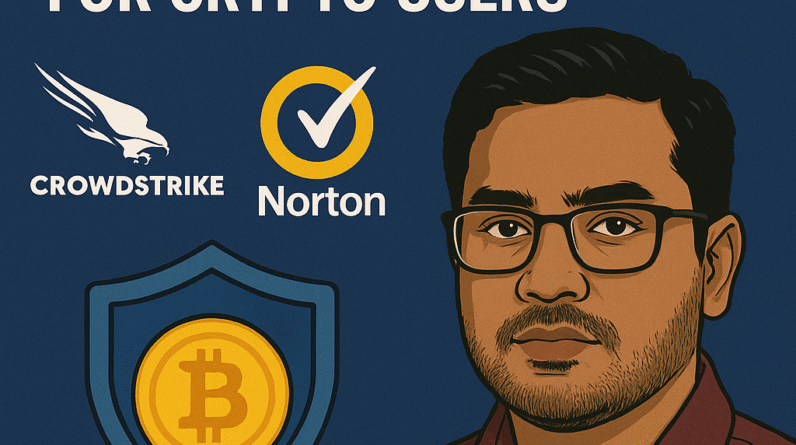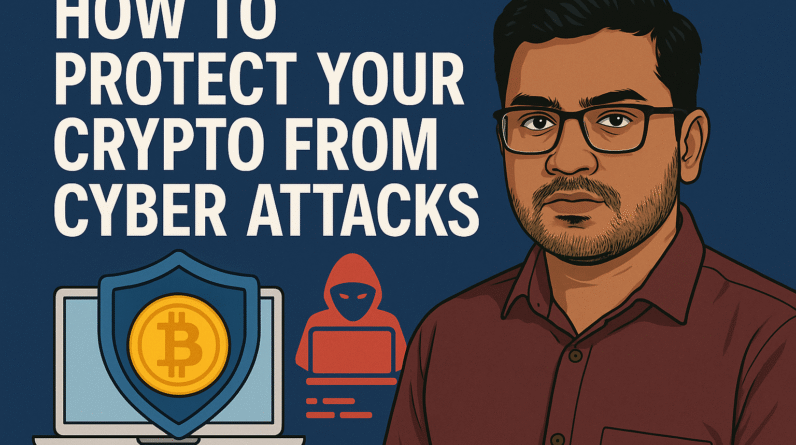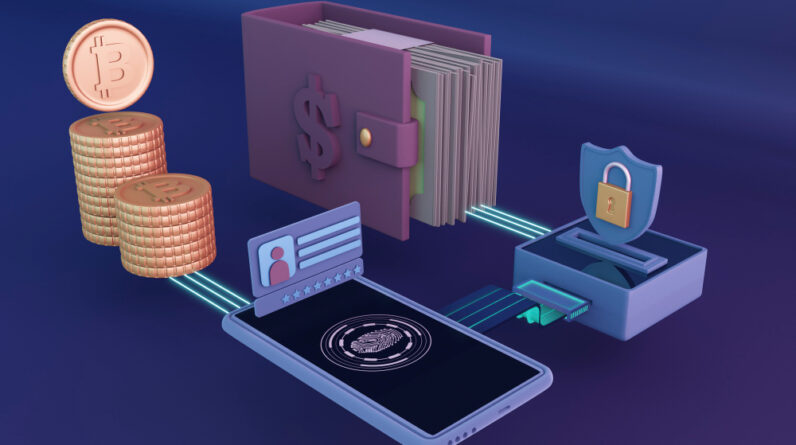As decentralized technologies redefine the global digital landscape, Web3 security has emerged as a critical pillar of trust and protection. Investors exploring blockchain, DeFi, NFTs, and DAOs are entering an environment rich with opportunity—but also fraught with sophisticated threats. To protect assets and data in this decentralized space, it is vital to understand the tools and practices that underpin secure Web3 participation.
Understanding Web3 and the New Threat Surface
Web3 represents the decentralized evolution of the internet, enabling user-owned data and permissionless applications built on blockchain protocols. In this ecosystem, users no longer rely on intermediaries like banks or tech platforms. Instead, smart contracts and peer-to-peer protocols govern operations.
However, decentralization eliminates the safety net provided by traditional platforms. Private key management, immutable code, and open access introduce new vectors for cyberattacks, making Web3 security both complex and essential.
Why Web3 Security Matters for Investors
In Web2, compromised passwords or data breaches are painful—but recoverable. In Web3, errors are often irreversible. Losses from phishing scams, smart contract exploits, or wallet theft cannot be reversed by support teams. That is why investors must take proactive security measures to avoid losing substantial digital assets.
Recent examples underscore this reality:
-
Over $3 billion was lost to crypto hacks in 2022 alone.
-
Smart contract vulnerabilities caused protocol collapses such as the Ronin and Wormhole exploits.
-
Rug pulls continue to plague DeFi, with founders draining liquidity and disappearing.
Key Components of Web3 Security
1. Private Key and Wallet Security
At the heart of Web3 is the crypto wallet, a tool that stores private keys allowing access to blockchain assets. Compromising a private key means losing control over your funds.
Best Practices:
-
Use hardware wallets like Ledger or Trezor to keep keys offline.
-
Enable two-factor authentication when using browser-based wallets.
-
Never store private keys or seed phrases in cloud storage or digital notes.
2. Smart Contract Security
Smart contracts are immutable programs on the blockchain. A bug in the code can be exploited to drain funds or break functionality.
Investors should check:
-
If the contract is audited by reputable firms (CertiK, OpenZeppelin, Trail of Bits).
-
If the code is verified and open-source on platforms like Etherscan.
-
Deployment history and multi-sig controls to prevent malicious updates.
Most Common Web3 Security Threats
Phishing Attacks
Fake websites, wallet popups, or malicious links prompt users to enter seed phrases or sign malicious transactions.
Rug Pulls
Founders create fake or hyped-up projects, draw investment, and then vanish after pulling liquidity.
Front-Running & Flash Loan Exploits
Unprotected smart contracts are vulnerable to arbitrage bots or manipulation via flash loans.
Permission Overreach
Connecting to a dApp may grant infinite token allowances, enabling hackers to withdraw tokens if the dApp is compromised.
Top Web3 Security Tools Every Investor Should Know
1. MetaMask (Secure Usage with Hardware Integration)
MetaMask is the most used wallet in the Web3 ecosystem. However, pairing MetaMask with a hardware wallet ensures private keys never leave your device.
Tips:
-
Regularly lock MetaMask when idle.
-
Review connected sites under Settings → Connected Sites.
2. Revoke.cash and Token Approval Checker
Over time, wallets accumulate smart contract approvals that can be dangerous. These tools allow users to revoke token allowances granted to dApps:
3. Chainalysis & CipherTrace
Blockchain analytics platforms used to trace on-chain activity, uncover fraudulent addresses, and track stolen funds. Essential for evaluating risk in DeFi protocols or token transfers.
4. Scam Sniffer and PhishFort
These extensions and services help detect:
-
Fake dApps
-
Spoofed URLs
-
Suspicious pop-ups
Scam Sniffer integrates directly with MetaMask and warns users before malicious interactions occur.
5. DeFi Safety and RugDoc
These platforms provide security ratings and transparency audits for DeFi protocols.
Use Cases:
-
Check if a new yield farm has undergone a code audit.
-
Avoid unaudited or anonymous projects.
-
Review bug bounty programs and developer transparency.
6. Immunefi – Web3 Bug Bounty Hub
Immunefi connects ethical hackers with DeFi projects to identify critical bugs before exploitation. Investors can research:
-
Open bounties
-
Past disclosures
-
Security engagement levels of protocols
7. Forta Network – Real-Time Threat Detection
Forta provides real-time monitoring of smart contracts and wallet activity. Protocols using Forta notify users of:
-
Unusual token flows
-
Contract interactions by suspicious addresses
-
Deviation from normal behavior
Security Auditing Firms You Can Trust
Before investing in any DeFi or blockchain project, check if it has been audited by top-tier security firms:
-
CertiK – AI-powered audits and real-time on-chain monitoring.
-
Trail of Bits – Deep analysis for Ethereum-based smart contracts.
-
Quantstamp – Protocol insurance and manual code review.
-
OpenZeppelin – Experts in secure smart contract architecture.
-
SlowMist – Reputable among centralized exchanges and DeFi projects alike.
Audit reports are often public. Look for severity scores, mitigation steps, and developer response to issues.
Investor Best Practices to Stay Secure in Web3
-
Avoid clicking unknown links or connecting wallets to unfamiliar dApps.
-
Always double-check URLs. Use bookmarks or type them manually.
-
Be skeptical of unsolicited messages offering airdrops, support, or investment tips.
-
Store recovery phrases offline in secure locations (never online or shared).
-
Use multi-signature wallets for managing high-value portfolios or team-controlled assets.
-
Monitor blockchain explorers for unusual wallet activity.
Signs of a Secure Web3 Project
When researching a project, verify these elements:
-
Transparent team with public profiles (LinkedIn, GitHub).
-
Smart contract audit reports from independent third parties.
-
Clear documentation on tokenomics, governance, and roadmaps.
-
Active community on Discord, Telegram, and Twitter.
-
Bug bounty programs on platforms like Immunefi.
-
Locked liquidity and time-locked developer wallets.
Future of Web3 Security
Web3 will continue to evolve with integrated protections such as:
-
AI-driven threat detection
-
Privacy-preserving identity systems
-
Zero-knowledge proofs for secure data sharing
-
Built-in wallet heuristics to block malicious transactions
As user adoption increases, so too will demand for user-friendly yet powerful security layers integrated into wallets, dApps, and browsers.
Conclusion
Web3 security is non-negotiable for any investor entering the decentralized world. By understanding the risks and adopting a strong security toolkit, investors can safely engage with dApps, DeFi, NFTs, and DAOs. The decentralized future promises freedom and innovation—but only for those who take proactive responsibility for their digital safety.






